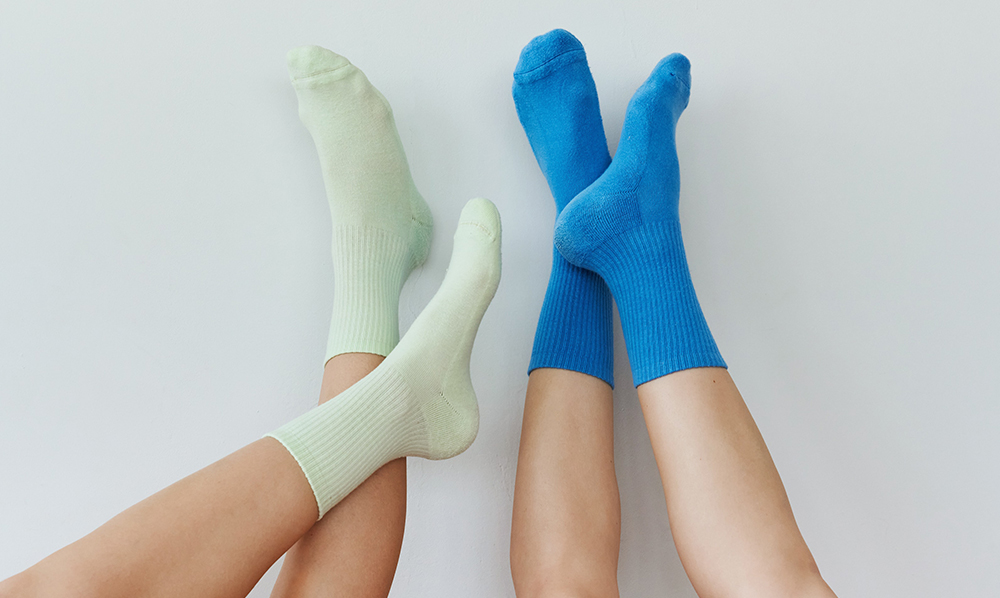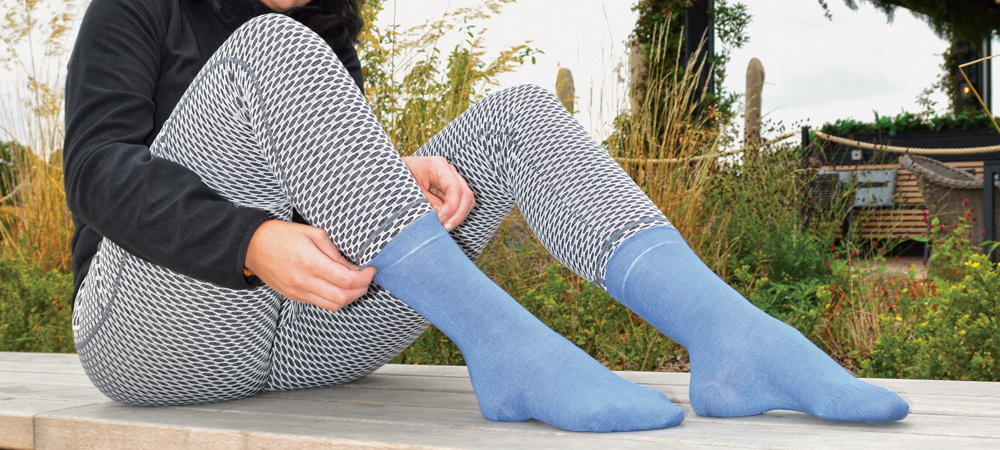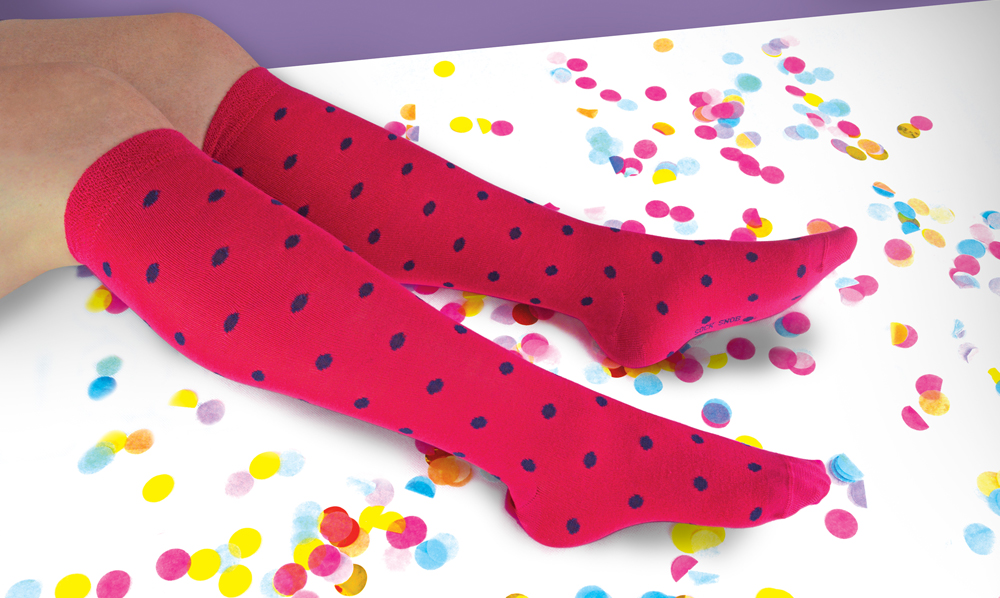Imagine walking barefoot on a beach with warm sand caressing your feet. What feeling could be better than that?
If your first thought was “walking in bamboo socks,” you have some great taste. Bamboo is a product of nature that reminds us of pandas enjoying their day casually. The cosy feeling flows in naturally.
In recent years, bamboo has seen its share in production rise for various end products like toothbrushes, towels, socks, and even organic bras. The reason for this boom is the sustainable, renewable, and eco-friendly qualities of bamboo.
But are bamboo socks as environmentally friendly as they are claimed to be? Let’s figure find out.

What Makes Bamboo So Good?
On different occasions, bamboo has been hailed as the better alternative to its counterpart raw materials. This is mainly due to these qualities of bamboo:
- Anti-bacterial
- Super absorbent
- Requires minimal care
- Absorbs Moisture
- Faster growth
- Bamboo fibre is breathable
- keeps odour away
- Do not need fertilizers or pesticides, hence keeping away chemicals
- Bamboo trees cause zero waste as every part of them can be used
Due to all these much sought-after qualities in a material, it’s understandable why bamboo production and bamboo products have skyrocketed in recent years.

How Is Bamboo Fabric Processed?
The pros of bamboo speak for themselves and prove how eco-friendly the plant and its products are. It is the production process of bamboo into the fabric; however, that causes the argument of whether bamboo socks are environmentally friendly or not.
There are two ways to process bamboo.
1. Mechanically
The fabric made from this process is called bamboo linen. The process is carried out by gathering natural enzymes from a mass gathered by crushing the bamboo woods. After the enzymes are gathered, they are formed into a fabric by combing them mechanically and spinning this mixture into yarn.
The drawback to this process is that it is expensive, requires more human resources, and is time-consuming. The fabric produced through this method does not harm the environment but is not soft enough for all garments.
2. Chemically
Producing bamboo fabric chemically is the common way of bamboo production. The bamboo is purified and bleached before soaking in sodium hydroxide. Then, it is treated with carbon disulphide and spun in zinc sulphate, sodium sulphate, sulphuric acid, and glucose solution.
This process is called the viscose process. The fabric made from this process is called Bamboo Rayon. It is a faster and cheaper way of producing bamboo fabric. However, the disadvantages are severe, including harming the environment and diminishing the natural qualities of bamboo.

So, Are Bamboo Socks really Environmentally Friendly?
In conclusion, bamboo is naturally environmentally friendly. However, given that mass production for fabric used in bamboo socks is done chemically, it is fair to say that bamboo socks are not environmentally friendly.
If you see linen-produced bamboo socks at a store, then you should go for it. They will keep your feet dry, odourless, warm in winters and cold in summers. But when the product is made from bamboo rayon, be a friend of the environment and steer clear of it.



 Connor Doughty
Connor Doughty